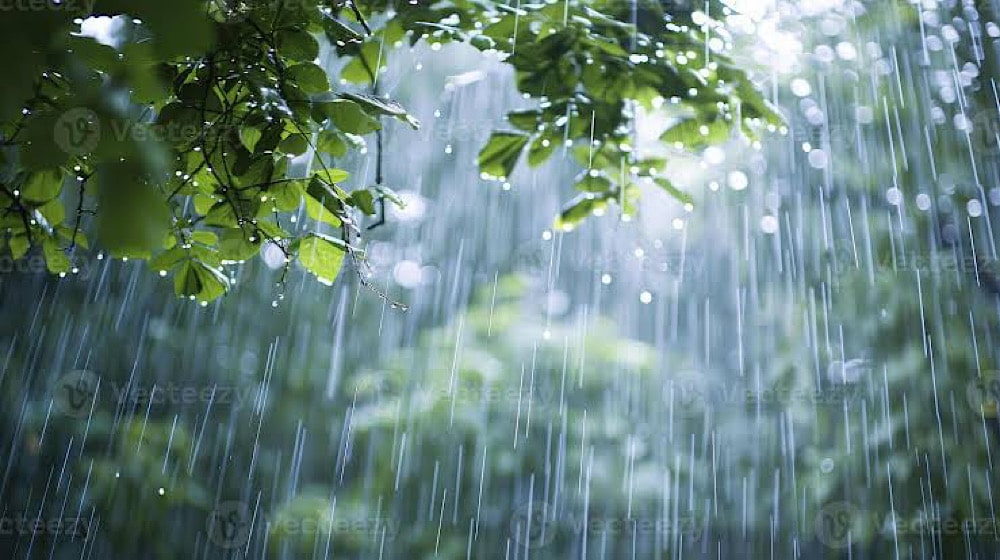Introduction
Every year, as dark clouds gather over Pakistan’s skies, the nation prepares for the arrival of the monsoon season. Stretching from late June to September, the monsoon rains are more than just a weather event — they are a lifeline for agriculture, a source of relief from scorching summer heat, and, at times, a cause of disruption and danger. From the bustling streets of Karachi to the lush green fields of Punjab and the mountains of Khyber Pakhtunkhwa, monsoon rains touch every aspect of daily life.
1. A Blessing for Agriculture
Monsoon rains play a vital role in Pakistan’s farming sector. Around 60–70% of the country’s agriculture depends on these seasonal downpours. Farmers eagerly await the rains to irrigate crops like rice, sugarcane, cotton, and maize. In rural areas, the monsoon often brings a sense of celebration as the fields turn green and harvests promise good yields. Without the monsoon, water shortages can affect crop production, impacting the economy and food supply.
However, heavy rains can also damage crops if the water stagnates, especially in low-lying farmlands. In some cases, excessive rain can flood entire agricultural regions, causing farmers to lose months of hard work.
2. Relief from the Summer Heat
In cities like Lahore, Multan, and Karachi, summer temperatures can soar above 45°C. When the monsoon arrives, the first drops of rain bring a refreshing coolness to the air. The smell of wet earth, known as petrichor, fills the streets and neighborhoods. Children often run outside to play in the rain, and families gather on rooftops to enjoy the weather with hot tea and pakoras.
Still, the relief is temporary. High humidity after rainfall can make the heat feel even more intense, leading to discomfort, especially for those without air conditioning.
3. Urban Flooding and Traffic Chaos
While the monsoon is a blessing for farmers, it can be a nightmare for urban dwellers. Cities like Karachi, Lahore, and Islamabad often face severe drainage issues. Heavy downpours can flood streets within minutes, trapping vehicles and pedestrians.
In Karachi, for example, a 30-minute rain can turn busy roads into shallow rivers, disrupting transportation and damaging vehicles. Rickshaw drivers, motorcyclists, and pedestrians struggle to move, while office workers and students often face delays or are forced to stay home.
When the Skies Open: How Monsoon Rains Shape Life in Pakistan
4. Health Concerns During Monsoon
Monsoon season also brings a rise in health issues. Stagnant water becomes a breeding ground for mosquitoes, leading to outbreaks of diseases like dengue and malaria. Water contamination during floods can cause diarrhea, cholera, and other stomach infections.
Hospitals often see a rise in patients with viral fevers and respiratory infections. Health authorities usually advise people to drink boiled or filtered water, wear mosquito repellents, and avoid eating street food during this period.

5. Cultural and Social Impact
The monsoon holds a special place in Pakistani culture. It is celebrated in poetry, songs, and art. From the romantic verses of Faiz Ahmed Faiz to folk songs played in rural villages, rain has long inspired creativity.
Many families use the season as an opportunity to bond — sipping chai, making pakoras, and enjoying traditional snacks while watching the rain from balconies or terraces. In rural areas, communities often come together to repair homes, strengthen embankments, or help neighbors during flooding.
6. Economic Disruptions
While monsoon rains can help boost agricultural production, they can also damage infrastructure. Roads, bridges, and power lines are often affected, causing blackouts and transportation delays. Businesses suffer losses when goods cannot be delivered, and daily wage workers face income cuts when work is halted due to weather conditions.
For the fishing industry in coastal areas, rough seas during the monsoon mean a temporary halt in fishing activities, directly affecting livelihoods.
Conclusion
The monsoon season in Pakistan is a paradox — a gift of life and a challenge to endure. It nourishes the land, fuels agriculture, and brings moments of joy, yet it also tests the resilience of people and infrastructure. For many, the monsoon is not just weather; it is a season that shapes memories, livelihoods, and the rhythm of life.
By improving urban drainage, strengthening flood control systems, and raising public health awareness, Pakistan can harness the blessings of the monsoon while minimizing its risks. Until then, every drop will remain both a promise and a warning.


